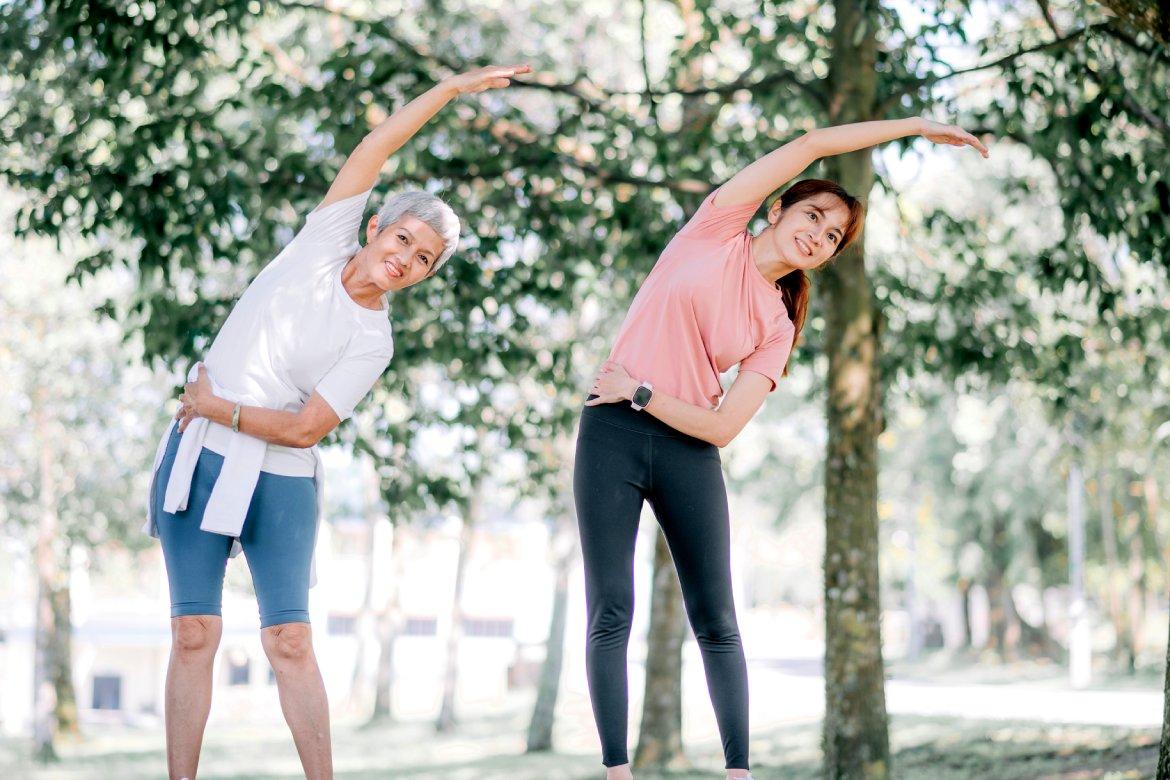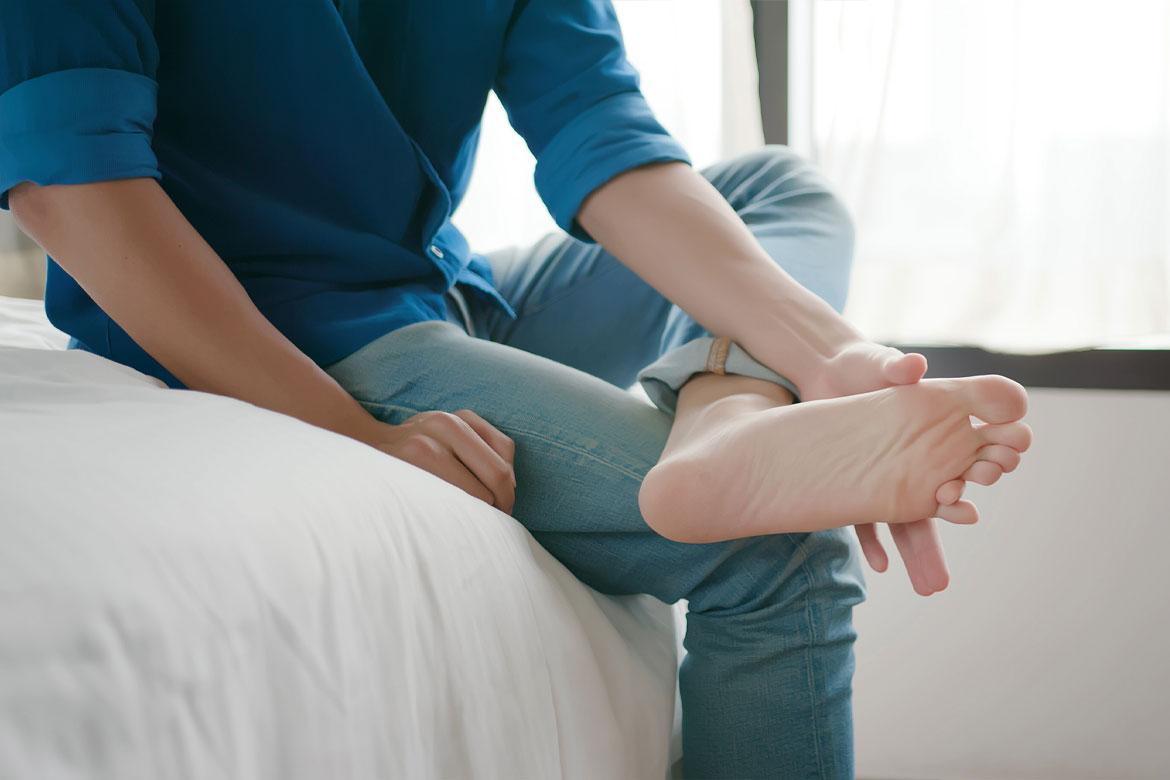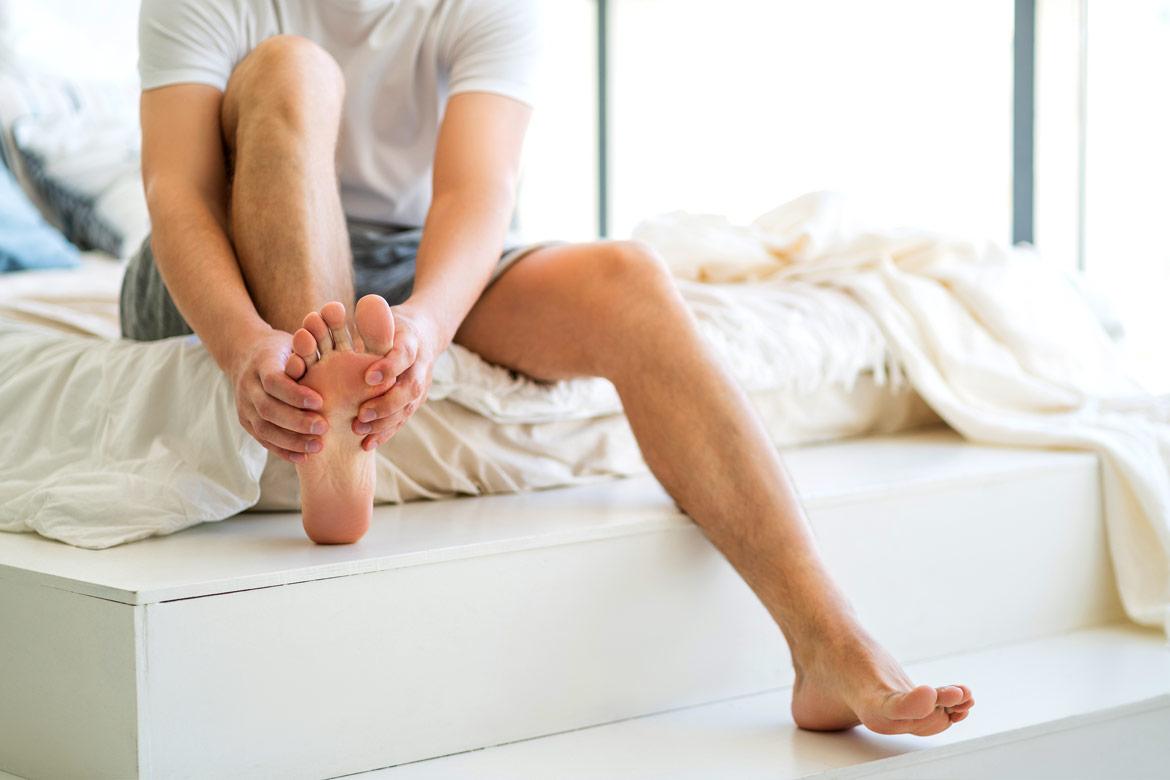
Knee Bursitis
What is knee bursitis?
Knee bursitis refers to the inflammation of a bursa – a small fluid-filled sac – located around your knee joint.
There are a number of bursae around your knee. They act as lubricant and cushions between the bones and the tendons, muscles and skin near the knee joint.
Septic vs aseptic bursitis
Depending on the cause, knee bursitis might be classified as:
- Aseptic (non-infectious) bursitis, where the condition is due to strain or impact.
- Septic bursitis, which is caused by a bacteria infection. This type of knee bursitis is rare.
Types of knee bursitis
The 4 (major or common) types of knee bursitis include:
- Anserine bursitis, which affects the bursae on the lower inner side of the knee.
- Infrapatellar bursitis, which affects the bursae located just under the kneecap.
- Prepatellar bursitis, which affects the bursae at the tip of the knee, over the kneecap bone.
- Suprapatellar bursitis, which affects the bursae above the kneecap
Knee bursitis most commonly occurs in the prepatellar bursa and anserine bursa.
What are the symptoms of knee bursitis?
Depending on the location and cause of the inflammation, symptoms of knee bursitis may include:
- Swelling
- Tenderness and warmth when you touch the affected area
- Pain in the knee when you walk, or even when you are at rest
- Fever, if the inflammation is caused by an infection
What causes knee bursitis?
Knee bursitis can occur due to:
- Overexerting the knee
- Direct impact on the knee
- Bacterial infection of the bursa
- Complications from gout, osteoarthritis or rheumatoid arthritis in your knee
- Pressure from constant kneeling, especially on hard surfaces
What are the risk factors for knee bursitis?
You may have a higher risk for knee bursitis if:
- You are a runner, which makes the anserine bursa on the inner side of your knee below the joint prone to pain and inflammation.
- You are obese and have osteoarthritis.
- You take part in sports that involve frequent falls on the knee (e.g. volleyball and wrestling).
- Your work requires frequent kneeling (e.g. gardening).
How do you prevent knee bursitis?
To prevent knee bursitis:
- Avoid excessive squatting.
- Maintain a healthy weight to relieve pressure off your knee joints.
- Take regular breaks to rest your knees and stretch your legs.
- Wear kneepads to cushion and protect your knees.
This coverage checker is brought to you by Health Insured, an online resource that helps you understand your health coverage in Singapore.
This page has been reviewed by our medical content reviewers.
Need help?
For enquiries, please call
+65 6250 0000 (Orchard) or +65 6898 6898 (Novena)
For appointment bookings, please WhatsApp
+65 8111 7777 (Orchard) or +65 8111 5777 (Novena)
 Brain & Spine Care
Brain & Spine Care








